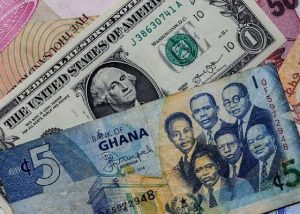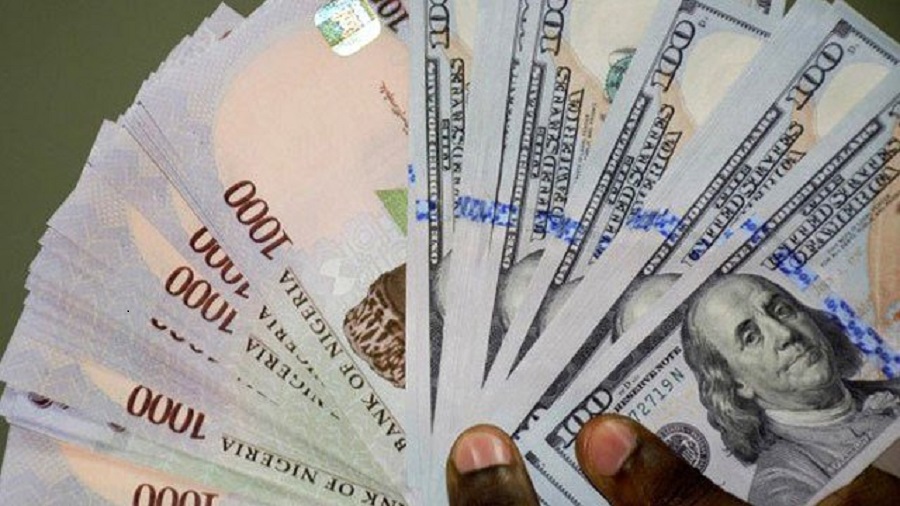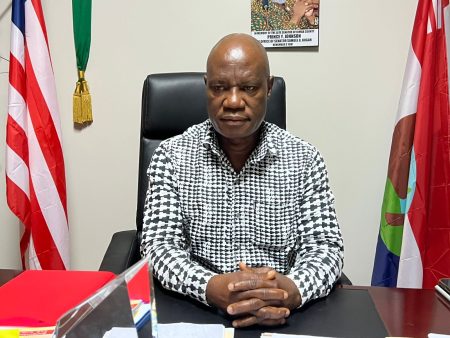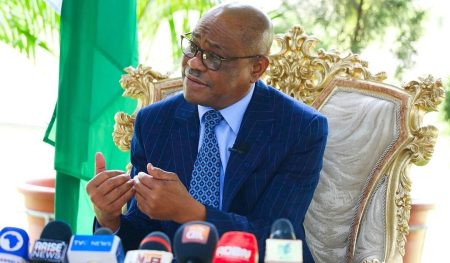The Nigerian naira experienced fluctuating fortunes against the US dollar in the week ending Friday, reflecting the ongoing challenges and complexities within the country’s foreign exchange market. While the naira appreciated in the official Nigerian Foreign Exchange Market (NFEM), gaining N9.5 to close at N1,503.5/$, it depreciated in the parallel market, losing N8 to close at N1,538/$. This divergence highlights the persistent gap between the official and parallel market rates, a key indicator of the underlying pressures on the naira and the challenges in unifying the exchange rates. The week’s closing rates underscore the persistent influence of the parallel market, where access to foreign currency often remains easier, even at a premium, compared to the official channels. This premium, standing at N32/$ by the week’s end, incentivizes continued activity in the parallel market and poses a hurdle to the government’s efforts to channel foreign exchange transactions through official channels.
Nigeria’s reliance on crude oil exports makes its economy vulnerable to global oil price fluctuations. Decreases in oil prices or production directly impact the country’s foreign exchange earnings, creating scarcity and putting pressure on the naira. This vulnerability is exacerbated by a consistently high demand for foreign currency, driven by the need to import essential goods and services. From raw materials for manufacturing to finished consumer goods, and extending to services like education abroad and medical treatment, the demand for dollars continues to outstrip supply in the official market. This imbalance fuels the parallel market, where individuals and businesses resort to alternative sources to meet their foreign currency needs, accepting the higher rates as the cost of access.
The Central Bank of Nigeria (CBN) has historically employed various measures to manage the exchange rate and address the challenges inherent in Nigeria’s foreign exchange dynamics. These policies have included operating a dual-exchange rate system, a strategy recently abandoned in a move towards a unified exchange rate. However, the persistent shortage of dollars in the official market continues to undermine these efforts. The continuous activity within the parallel market testifies to the ongoing struggle to adequately supply foreign currency through official channels, leaving a vacuum that the parallel market readily fills. This parallel market, operating outside the purview of official regulations, thrives on the very shortages the CBN’s policies aim to alleviate, creating a cyclical challenge.
A significant contributing factor to the naira’s recent volatility has been the current administration’s decision to float the currency. This policy shift, aimed at allowing market forces to determine the naira’s value, effectively removed the previous managed exchange rate regime. While theoretically promoting transparency and potentially attracting foreign investment, it has also exposed the naira to the full force of market dynamics, leading to significant depreciation. This depreciation reflects the existing imbalances between supply and demand, exacerbated by the prevailing economic conditions, both domestically and globally. The float policy, while intended to create a more market-driven system, has in the short term amplified the challenges of managing the exchange rate and maintaining stability.
The floating of the naira signifies a departure from the managed exchange rate system, allowing for a more market-determined valuation. This shift represents a significant change in Nigeria’s foreign exchange policy and exposes the naira’s value to the interplay of market forces, including supply and demand dynamics, investor sentiment, and global economic trends. The intended outcome of this policy is to create a more transparent and efficient foreign exchange market, potentially attracting foreign investment and aligning the naira’s value more closely with its true market worth. However, the transition to a floating regime has also generated volatility, particularly in the context of existing challenges in the foreign exchange market.
The recent volatility and the persistent gap between the official and parallel market rates underscore the continuing need for a multi-pronged approach to address the challenges within Nigeria’s foreign exchange market. Balancing the objectives of a market-driven system with the need for stability and accessibility remains a key policy concern. Moving forward, successful management of the exchange rate will likely require a combination of measures, including efforts to increase foreign currency inflows, diversify the economy away from its dependence on oil, and strengthen the regulatory framework governing the foreign exchange market to enhance transparency and efficiency. The ongoing balancing act between market forces and regulatory intervention will continue to shape the naira’s trajectory and the overall health of Nigeria’s economy.














